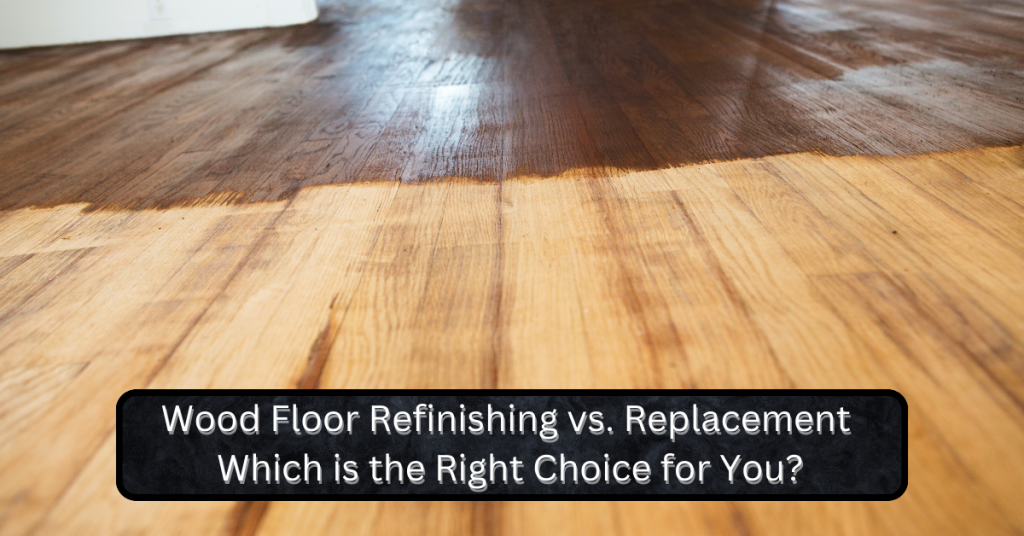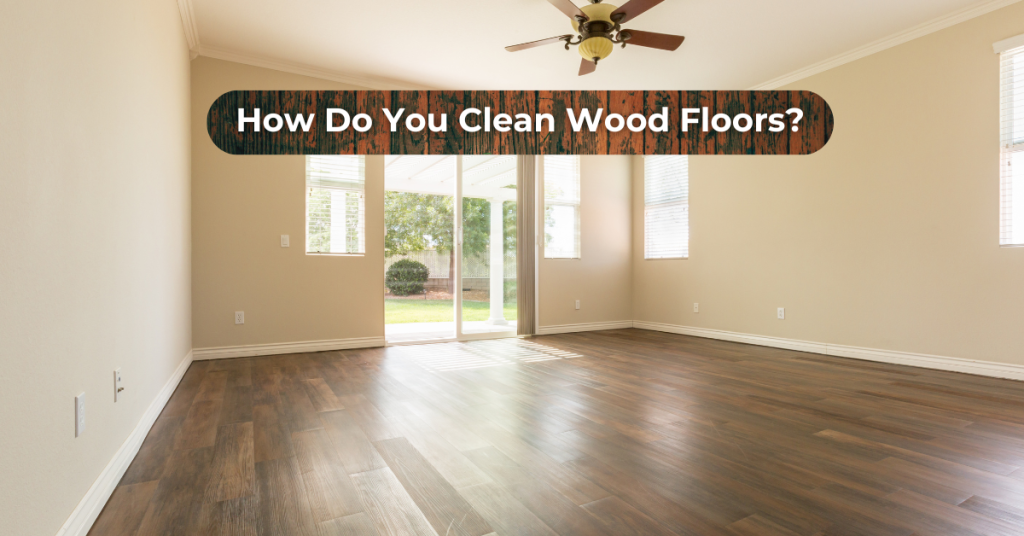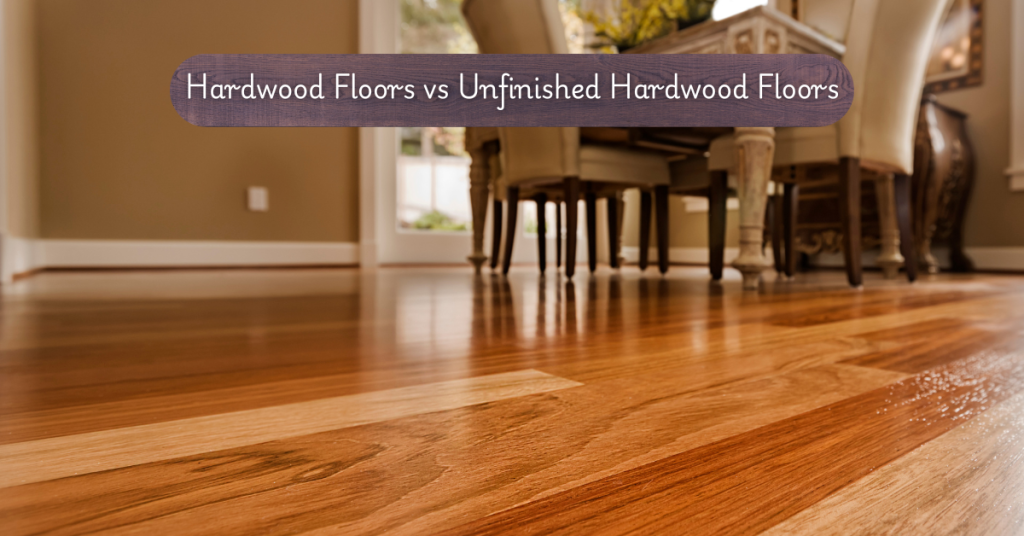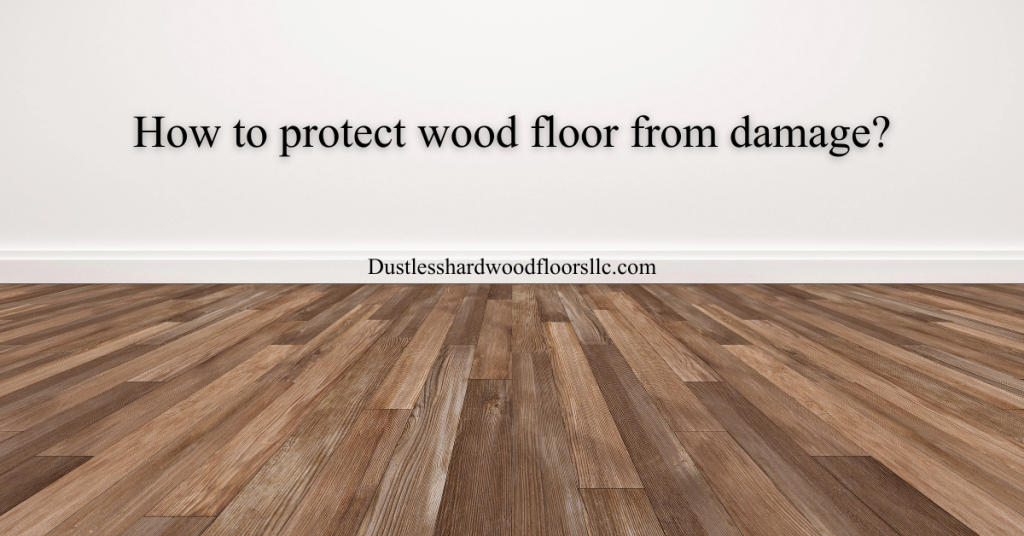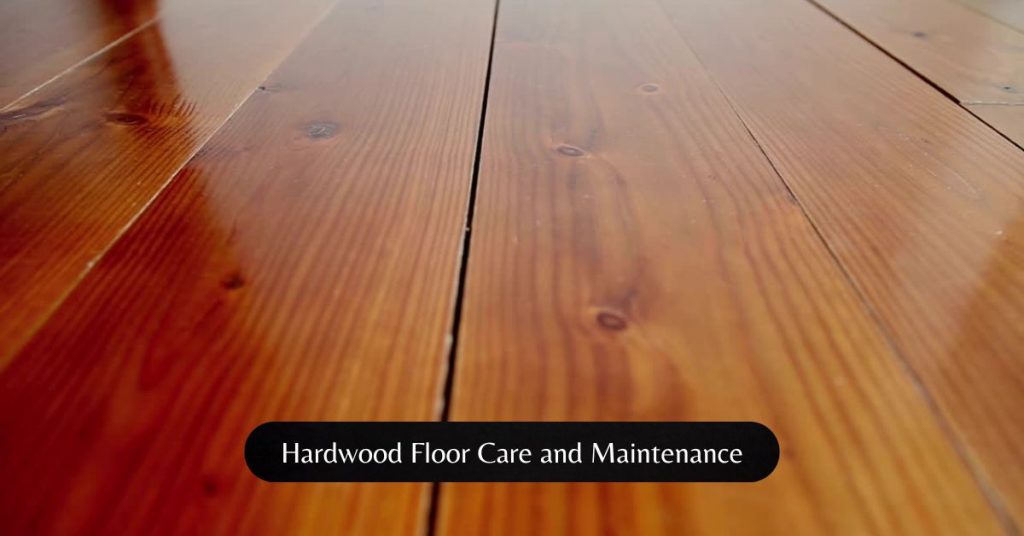When your once-beautiful hardwood floors start to show signs of aging scratches, dents, and fading it’s natural to wonder whether they can be brought back to life or if it’s time to invest in something new. This decision can be daunting, as both refinishing and replacing have their own set of benefits and challenges.
Homeowners often find themselves torn between these two options, unsure of which path will provide the best results for their specific needs. This article is designed to guide you through that decision-making process, offering a clear comparison of refinishing versus replacing hardwood floors. We’ll cover everything from costs and time commitments to the long-term impact on your home’s value and aesthetics, helping you choose the right option with confidence.
What Does Wood Floor Refinishing Involve?
Step-by-Step Process:
Sanding:
The refinishing process begins with sanding, a crucial step that involves removing the topmost layer of your hardwood floor. This layer is often marred by scratches, stains, and other imperfections accumulated over years of use. A drum sander, a powerful tool, is typically used to strip away the old finish and expose the fresh wood underneath. This process not only smooths out any surface irregularities but also prepares the floor to absorb the new stain evenly.
Staining and Finishing:
Once the sanding is complete, the next step is to apply a fresh stain, which can either match the original color of your floor or introduce a completely new hue to update the space. After the stain is applied and has dried, a protective finish, usually polyurethane, is added to seal the wood and protect it from future wear and tear. This finishing layer gives your floors a renewed shine and enhances their durability, allowing them to stand up to daily foot traffic.
Pros and Cons of Refinishing:
Benefits:
- Cost-Effectiveness: Refinishing is generally much more affordable than replacing your floors, as it involves fewer materials and labor costs.
- DIY Potential: For those who are handy, refinishing can be a satisfying DIY project, reducing expenses even further.
- Preserving Original Flooring: Refinishing allows you to maintain the character and charm of your original hardwood floors, which can be particularly valuable in older homes.
- Enhancing Home Value: A beautifully refinished floor can significantly boost the appeal and value of your home, especially if you’re planning to sell in the future.
Limitations:
- Time-Consuming Process: Refinishing is not a quick job. It requires meticulous preparation, execution, and drying time, which can disrupt your daily routine.
- Potential for Mistakes: DIY refinishing, while cost-effective, carries the risk of mistakes. Improper sanding or uneven application of stain can lead to unsatisfactory results.
- Limited Aesthetic Change: While refinishing can refresh the look of your floors, it doesn’t allow for a complete transformation in style or material, as replacement would.
What Does Wood Floor Replacement Involve?
Step-by-Step Process:
Removal of Old Flooring:
Replacing hardwood floors starts with the removal of the existing flooring. This is a labor-intensive process that involves prying up the old boards, typically with tools like a spade bit and wood chisel. During this stage, the subfloor is also inspected and prepared to ensure it is in good condition for the new installation. Any damage or unevenness in the subfloor is addressed before proceeding, as this is crucial for the longevity and stability of the new floor.
Installation of New Flooring:
Once the old flooring is removed and the subfloor is ready, the new hardwood boards are installed. This step offers homeowners the opportunity to choose from a variety of materials, including different wood species, board widths, and finishes, allowing for a completely new look. The installation process requires precision, especially when dealing with complex patterns or layouts, and is typically handled by professionals to ensure a flawless result. Once installed, the new floor is sanded, stained (if desired), and finished, just like in the refinishing process.
Pros and Cons of Replacement:
Benefits:
- Complete Transformation: Replacing your hardwood floor allows for a total makeover, offering the chance to update the style, material, and color scheme of your space.
- Opportunity to Fix Subfloor Issues: Replacement is the ideal time to address any underlying issues with your subfloor, ensuring that your new flooring will be even and durable.
- Custom Material and Design Choices: With replacement, you can choose high-quality materials and modern designs that might not have been available when your original floor was installed.
Limitations:
- Higher Cost: Replacement is significantly more expensive than refinishing, due to the cost of new materials, labor, and the time required for installation.
- Requires Professional Installation: While some DIY enthusiasts might take on refinishing, replacing an entire floor is a job best left to professionals due to the complexity of the task.
- Longer Downtime: The replacement process can take several days to weeks, depending on the size of the space and the scope of the project, leading to more disruption in your home.
Key Factors to Consider Before Deciding
Cost Comparison: When deciding between refinishing or replacing your hardwood floors, cost is often the first thing to consider. Refinishing is generally more budget-friendly. You’re mainly paying for labor and the materials needed to sand and refinish the existing wood. However, costs can rise if there are hidden issues, like subfloor repairs, that need addressing.
On the other hand, replacing your floors is a more significant investment. This includes the price of new wood, labor for removal of the old floor, and installation of the new one. Replacement might also uncover additional costs, like fixing or leveling the subfloor before laying down the new boards. While replacement is more expensive upfront, it offers the chance to completely refresh your space with new materials and design.
Time and Convenience:
Time Required for Each Option: Refinishing a floor typically takes a few days to a week, depending on the size of the area and the drying time required between each step (sanding, staining, and finishing). This process can be time-consuming, but it’s less disruptive than a full replacement.
Replacement usually takes longer. The process involves removing the old flooring, preparing the subfloor, installing the new wood, and finishing it. Depending on the complexity of the installation and the area size, this can take several days to a couple of weeks. If you’re short on time or need the space ready quickly, refinishing might be the better option.
Impact on Daily Life: Refinishing can be messy, with dust from sanding and the smell of stain and finish lingering for a while. However, because the existing floor stays in place, the disruption to your household is generally less than with a replacement.
Replacement is more invasive. The old floor needs to be removed, which can be noisy and generate a lot of debris. You might need to stay out of the affected area for an extended period, making this option more disruptive to daily life. If minimizing inconvenience is a priority, refinishing could be the more convenient choice.
Long-Term Value:
Resale Value Impact: Both refinishing and replacing can increase your home’s resale value, but in different ways. Refinishing your floors can make them look nearly new, enhancing the overall appeal of your home without the higher cost. This is a smart choice if your floors are generally in good condition but just need a refresh.
Replacement, while more expensive, can have a significant impact on resale value, especially if you upgrade to higher-quality wood or choose a design that modernizes the space. If you’re planning to sell your home soon, investing in new floors could provide a strong return on investment.
Durability and Maintenance: A well-refinished floor can last many years with proper care, but it might require touch-ups or another refinishing down the line. The durability largely depends on the existing wood’s condition and the quality of the refinishing job.
With replacement, you’re essentially starting fresh. New hardwood floors can last decades if properly maintained, and they often require less upkeep than older, refinished floors. This might be the better choice if you’re looking for long-term durability with minimal maintenance.
When Should You Refinish?
Ideal Conditions for Refinishing:
Minor Scratches and Wear: If your hardwood floors have minor surface damage like light scratches or small scuffs, refinishing is an excellent option. Sanding down the surface will remove these imperfections, and a new coat of stain and finish will restore your floor’s original beauty.
Faded Finish or Color Change: Over time, the finish on your hardwood floors can fade, especially in areas exposed to sunlight. Refinishing allows you to bring back that shine or even change the color to update your space. This is a simple, cost-effective way to refresh the look of your home.
How Often Can You Refinish?:
Limitations of Refinishing: Hardwood floors can typically be refinished multiple times, but there’s a limit. Each time you refinish, a small layer of wood is sanded away. Floors made from solid wood can usually handle refinishing about 3-5 times, depending on the wood’s thickness.
If your floors have already been refinished several times, or if they are made from engineered wood with a thin top layer, you may be nearing the end of their refinishing life. In such cases, replacing might be your only option.
When Should You Replace?
Signs That Replacement is Necessary:
Severe Damage: If your floors have deep gouges, warping, or extensive water damage, refinishing might not be enough to fix the problem. Replacement is necessary when the damage goes beyond the surface and affects the structure of the floor. Warping, in particular, can indicate moisture issues that compromise the wood’s integrity, making replacement the safer and more effective solution.
Engineered vs. Solid Wood: Engineered hardwood floors, which have a thin wood veneer over a plywood base, can only be refinished once or twice before the veneer wears through. If your engineered floors are showing signs of wear beyond what refinishing can fix, replacing them with new engineered wood or solid hardwood might be the better choice.
Subfloor Problems: Sometimes, issues lie beneath the surface. If your subfloor has problems like rot, unevenness, or squeaking, it’s time to consider replacement. During the replacement process, the subfloor can be inspected and repaired, ensuring a stable foundation for your new hardwood floors.
Opportunities for Upgrading:
Choosing New Materials: Replacing your floors gives you the opportunity to completely transform your space. You can choose a different wood species, change the width of the planks, or opt for a different finish to match your current style or future home decor trends.
Home Remodeling: If you’re planning a major renovation or remodeling project, replacing your hardwood floors can help create a cohesive design throughout your home. This is especially important if you’re changing the layout of your rooms or updating other significant features like cabinets or countertops. New flooring can tie the entire design together, making your home feel brand new.
Environmental Impact: Refinishing vs. Replacing
Sustainability of Refinishing:
When it comes to being eco-friendly, refinishing your hardwood floors is a great choice. Instead of tearing out old wood and sending it to the landfill, refinishing allows you to keep and improve what you already have. By sanding down the existing wood and applying a new finish, you’re essentially giving your floors a second life.
This process uses fewer materials and produces less waste, making it a more sustainable option. If you’re concerned about reducing your environmental footprint, refinishing is definitely the way to go.
Environmental Costs of Replacement:
Replacing hardwood floors, on the other hand, has a larger environmental impact. The process involves cutting down new trees to produce the wood, which contributes to deforestation.
Additionally, the old flooring that’s removed typically ends up in a landfill, adding to waste. There’s also the energy used in manufacturing, transporting, and installing new materials, all of which add to the overall environmental cost. While replacement might be necessary in some cases, it’s important to consider these factors when making your decision.
Conclusion
Deciding between refinishing and replacing your hardwood floors comes down to several key factors: cost, time, the current condition of your floors, and long-term value. Refinishing is usually more affordable and sustainable, while replacing offers the chance for a complete transformation but at a higher cost and environmental impact.
Before making your decision, take a close look at your floors and think about your goals. Are you looking for a quick refresh, or is it time for a major update? If you’re unsure, it’s always a good idea to consult a professional who can assess your floors and guide you toward the best option.
Still not sure whether to refinish or replace your hardwood floors? We’re here to help. Contact us today for expert advice or to get a free estimate. We’ll evaluate your floors and help you choose the option that’s right for you, ensuring your home looks its best for years to come.


